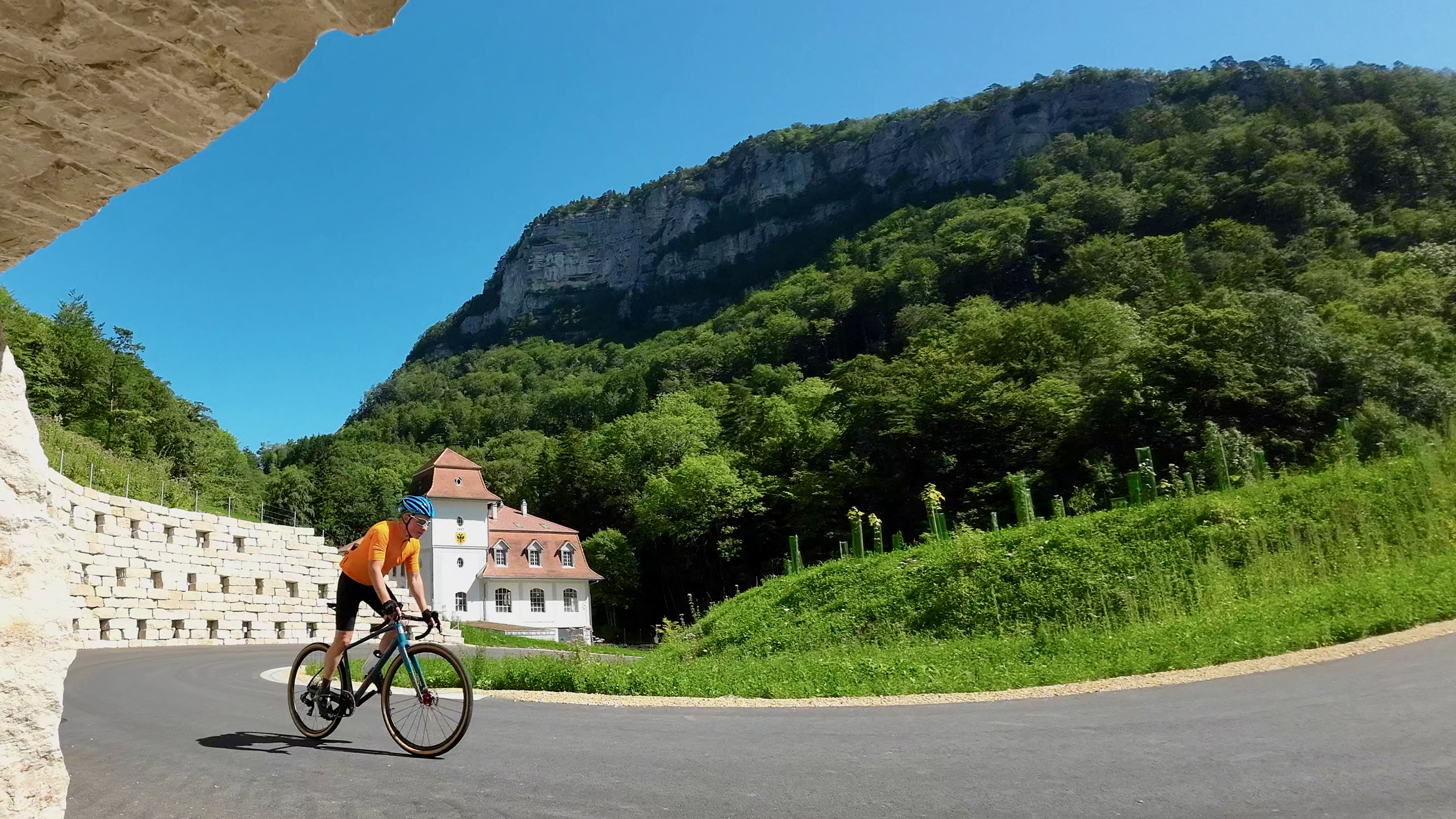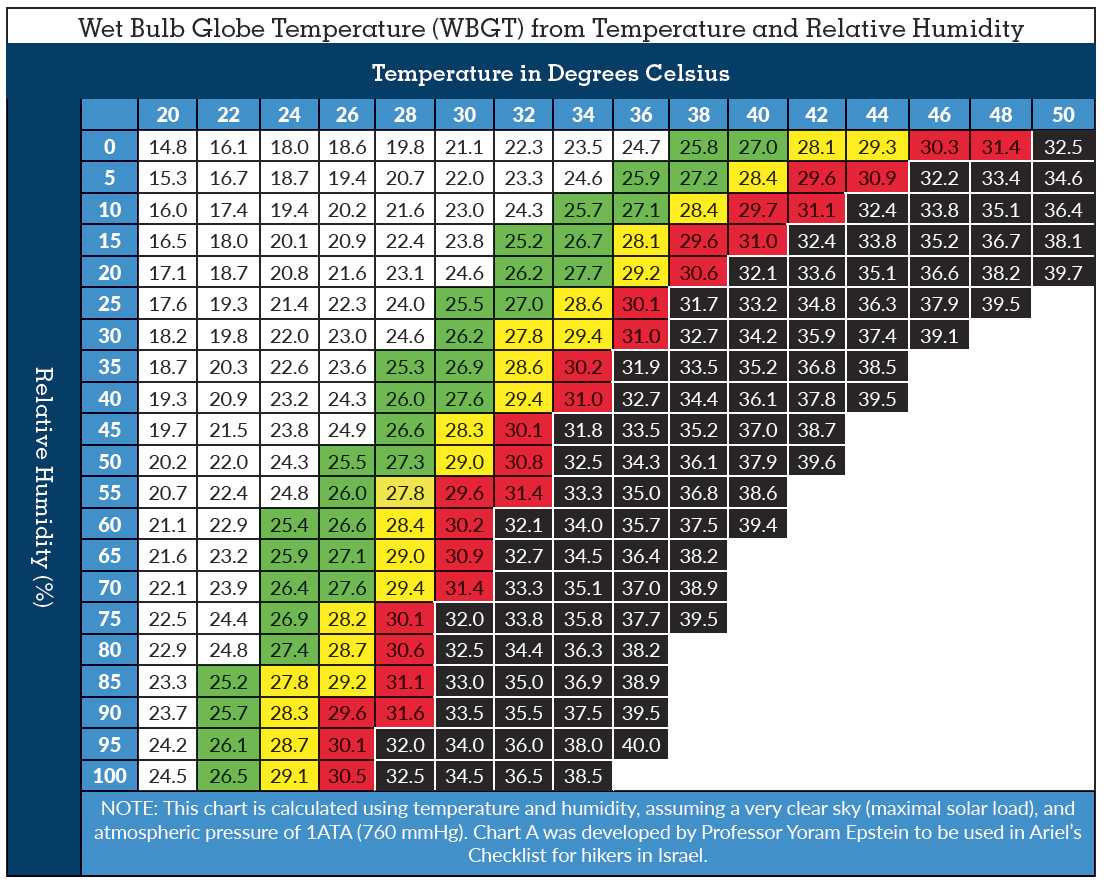
Summers Are Getting Shorter
As climate change is lengthening summers and making them frighteningly hotter, summers for cyclists or anyone else exercising outdoors, for that matter, are already getting a lot shorter. The two heatwaves that hit Switzerland's northern half shortened my 2023 summer cycling already by a whole month in which I was off the bike. In those four weeks, I didn’t exercise at all and spent little time outdoors. I only caught a bit of fresh air, if one can even call it "fresh" when I sat under our sun shades on the balcony with my laptop and a cold Lagunitas IPA. Instead of hitting the road or climbing trails, weekends were spent inside watching Netflix or Apple TV.
I’ve noticed on Strava that many cyclists I follow, who take their training more seriously, have switched to riding indoors. It was rare to see a Zwift activity during the summer months just a year or two ago. Most switch to training indoors when the days get shorter and colder. Now, a considerable number of cyclists trained indoors because the summer of 2023 was too damn hot.
Cycling, for me, has to be fun, enjoyable, and healthy. Once the thermometer passes 25°C, these three things start to dive, and the higher the relative humidity, the quicker they dive. If the air is dry, it can remain enjoyable at 30+°C. But if it’s muggy, the fun is gone. I also put great importance to only doing what benefits my health, and exercising in the heat is anything but healthy. On the contrary, you unnecessarily stress your body, even damage it, and in the worst case, put yourself in danger. A strenuous bike ride can already become dangerous at 30°C and a relative humidity above 55%. Ariel's Checklist, a website with safety guidelines for hiking in the desert, has a tremendous wet bulb temperature chart showing the danger of physical activity at different combinations of temperature and humidity. I don't need to check the chart. I wouldn't even leave the house when conditions reach the red levels.

2023 has been a scary year. Heat waves have paralyzed the American South from east to west. It has hit large parts of Asia, the Middle East, as well as Europe, particularly the Mediterranean. Huge wildfires engulfed Canada, Portugal, Greece, and tropical Hawaii, where the fire that destroyed Lahaina became the deadliest US blaze in a century. Heat waves also always lead to heavy thunderstorms and flooding. There have been floods in India, Mongolia, California, Slovenia, Italy, and Norway, to name a few. As we're in an El Niño year, this will continue well into 2024. El Niño transports humidity away from Asia and Australia to North and South America. When Australia heads into summer, that continent will be a tinderbox. The US West Coast will see lots of floods. Living in California, I experienced El Niño in 1997-1998. It was regarded as one of the most powerful El Niño Southern Oscillation events in recorded history. And it was quite bad. At the same time, oceans across the globe have reached surface temperatures like we have never seen before. The August heat wave pushed the zero-degree line in the Swiss Alps to 5,298 meters above sea level. In other words, every alpine glacier was melting.
I don't think mankind is going to reverse the civilization-ending trajectory it’s on. Science has known since the 50ies what will happen to the planet when humans burn fossil fuels. The public has been well aware of it since the 80ies. Forty years later, we have done shit about it. People think that governments will somehow fix it. In the meantime, they fly across the globe for a Christmas holiday on a beach in Thailand or board a plane for a shopping weekend in New York. Rather than downsizing, our homes and cars are only getting bigger. The capitalist system that we live in demands that we consume more and more. A larger flat-screen TV every couple of years, a new cell phone every year, new clothes every few months; it's oil to keep our economy running smoothly. Without growth, it would collapse. We're depleting our planet’s resources and heating up its precious atmosphere. I used to think that it'll take a couple more generations until mankind is going to be in trouble. Not anymore. These events are upon us much faster, and we’ll experience them on our own skin.
In the coming years, natural disasters caused by the climate catastrophe are going to burden First World economies heavily. Heat waves will kill those without the luxury of air-conditioning. The number of refugees currently crossing the Mediterranean Sea will be dwarfed by the millions of climate refugees who will be forced to leave large uninhabitable, equatorial regions in Africa, India, and elsewhere. Europe won’t be welcoming but become a fortress. The Swiss forests I enjoy on my bike, unable to cope with the heat, will start dying off. Like elsewhere in the world, our forests will burn, too. Our water supply will no longer be guaranteed when our alpine glaciers are gone. Without enough water, farming will become increasingly difficult. And to come back to cycling, summers will be three months of Zwift with the AC on full power, provided the power grid doesn’t collapse.
Maybe you say, “Oh, Patrick, you’re a pessimist.” I don’t think so. I’m a realist. Forty years ago, there was still time to be optimistic. To be optimistic today is to live in a fantasy. We’re not willing to change our destructive lifestyles. We want our vacations, we want our homes, we want our cars, and we want our stuff. A world on fire won’t change us. Maybe it’ll change our children or grandchildren if they manage to survive, but certainly not us.

Comments